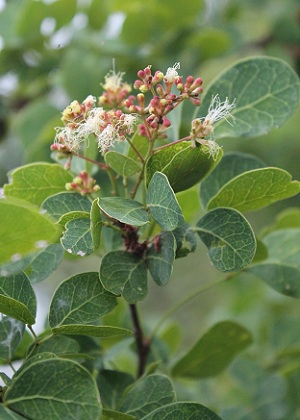
Copyright by: George D. Gann
in habitat, Everglades National Park, Key Largo, Florida, 2013
Family: Fabaceae
Group: Dicot
Substrate:
Terrestrial
Habit:
Shrub
Perennation:
Perennial
Native Range: Peninsular Florida, the West Indies, Central America and South America.
IRC SOUTH FLORIDA Status:
Secure
Map of select IRC data for peninsular Florida
SOUTH FLORIDA Occurrence:
Present
SOUTH FLORIDA Native Status:
Native
SOUTH FLORIDA Cultivated Status:
Cultivated
Comments: Visit our
Natives For Your Neighborhood website for more information and images. For a digitized image of Elbert Little's Florida range map, visit the
Exploring Florida website.
FLORIDA KEYS Occurrence:
Present
FLORIDA KEYS Native Status:
Native
IRC FLORIDA KEYS Status:
Secure
Map of select IRC data for the Florida Keys
Florida Keys History and Distribution: First collected between 1838 and 1853 by John Loomis Blodgett on the island of Key West. Reported in
1913 by John Kunkel Small for coastal sand dunes and hammocks from the upper Keys to the lower Keys. Reported for the lower sandy Keys by John H. Davis in 1942. We consider this native and extant throughout the Florida Keys.
